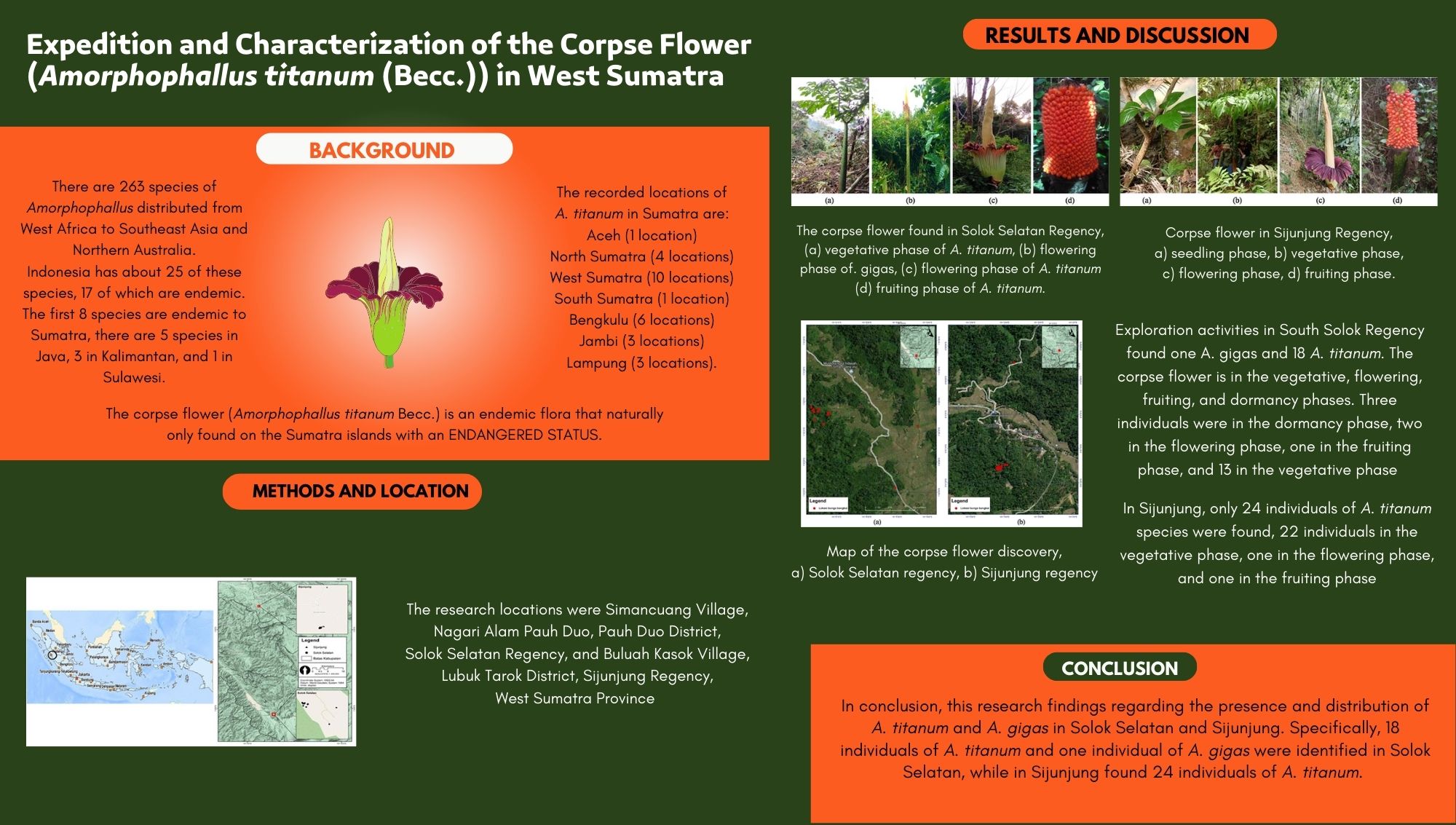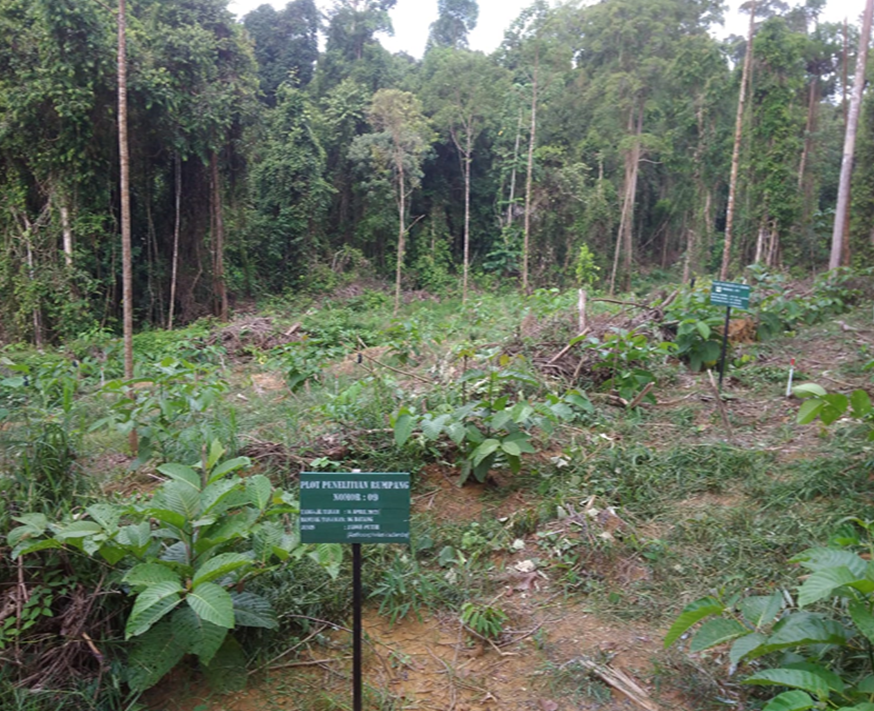Abstract
Wehea forest is a highland of tropical rain forest on East Kutai Regency in East Kalimantan. The community especially Wehea ethnic in Nehas Liah Bing Village is well known for their traditional wisdom in utilizing the forest resources. Wehea Forest Area is a cluster of Maput and Pendreh land systems, and both land systems are irregular hilly regions that have steep to very steep slopes. Because of the uniqueness of biodiversity, landscapes, and traditional wisdom of Wehea ethnic the forest has been declared as forest reserve. This study aimed to assess the natural resources, culture, and participation local community as potential for nature based turism development. The result showed that the Wehea forest has biodiversity of flora dan fauna. Species of flora which are often founded are families of Dipterocarpaceae, Annonaceae, Lauraceae, etc. Fauna potentials are not less important and interesting than flora ones. There are several species which have endangered and protected status. The uniqueness of natural forest landscape really supports to various ecotourism activities. Wehea forest wealth also comes from local community presence. Their awareness is relatively high about Wehea forest existence, especially communities in Nehas Liah Bing. Dayak ethnic of Wehea forest has unique culture to be developed as tourist attraction. Dayak ethnic communities in Miau Baru are Kenyah and then community in Makmur Jaya which was once a transmigration village of Java ethnic. Both communities in the village are familiar about the Wehea forest existence. Culture value diversity, awareness, and participation of local communities become strong capital to develop natural based turism and are expected to contribute to economic diversification region.
Authors

This work is licensed under a Creative Commons Attribution 4.0 International License.
Jurnal Manajemen Hutan Tropika is an open access journal which means that all contents is freely available without charge to the user or his/her institution. Users are allowed to read, download, copy, distribute, print, search, or link to the full texts of the articles in this journal without asking prior permission from the publisher or the author. This is in accordance with the Budapest Open Access Initiative (BOAI) definition of open access.


